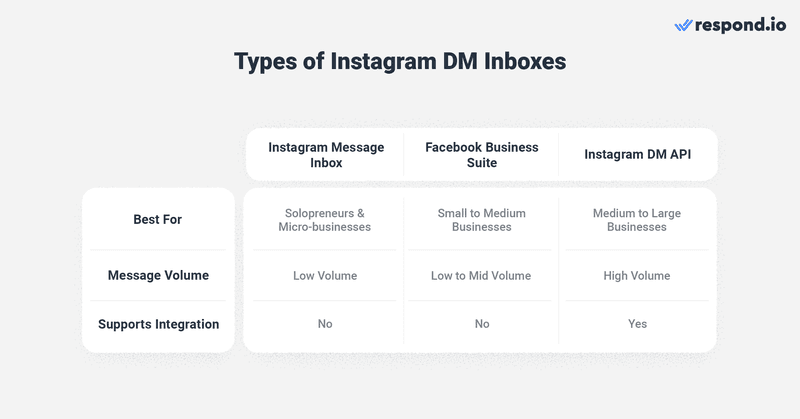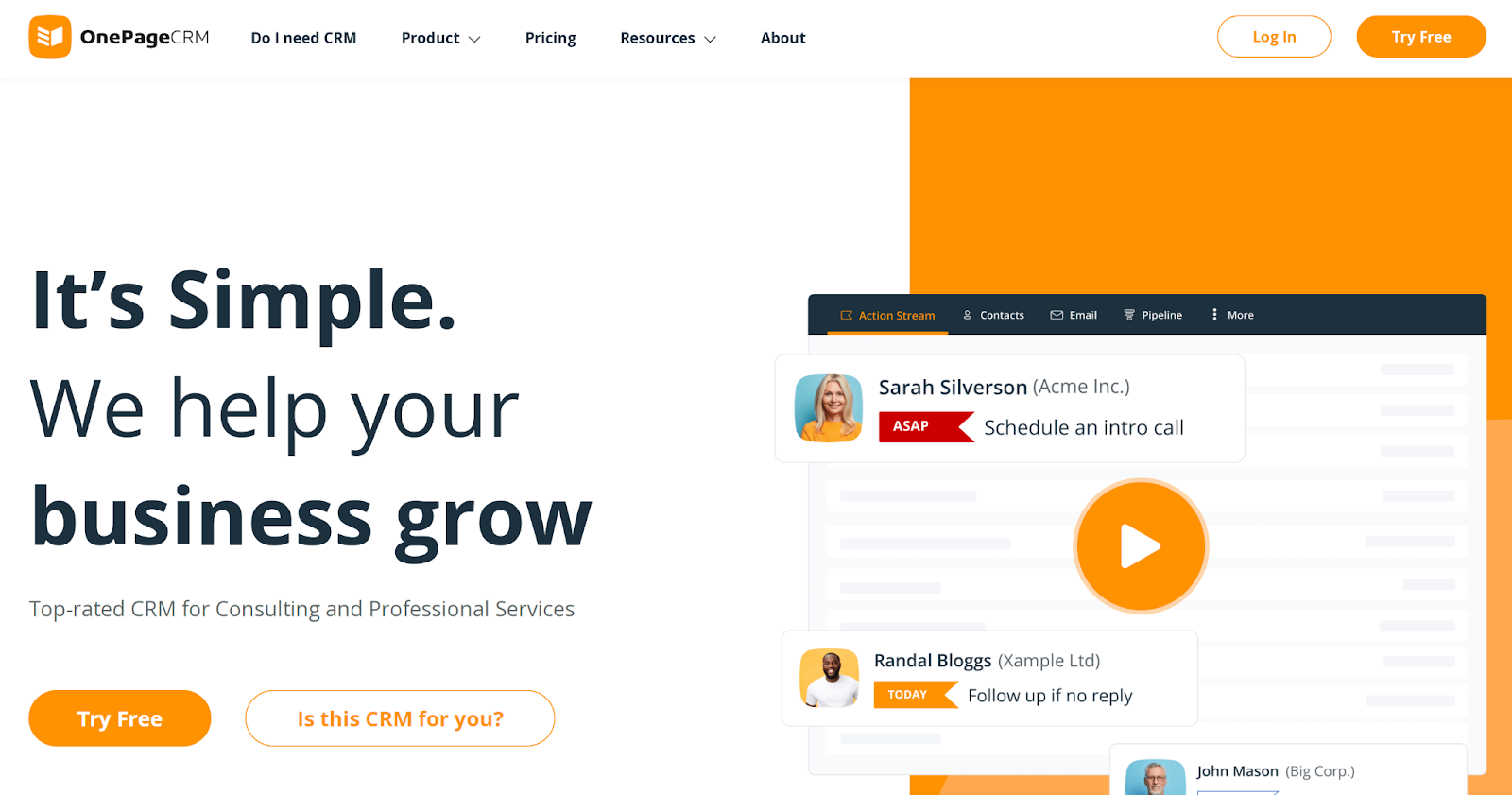Mastering CRM Marketing Segmentation: Your Ultimate Guide to Targeted Success
In the dynamic world of modern marketing, the ability to connect with your audience on a personal level is no longer a luxury – it’s a necessity. Enter CRM marketing segmentation, a powerful strategy that allows businesses to divide their customer base into distinct groups based on shared characteristics. By understanding these segments, marketers can tailor their campaigns, messaging, and offers to resonate with specific customer needs and preferences. This, in turn, leads to increased engagement, higher conversion rates, and ultimately, greater profitability.
This comprehensive guide will delve into the intricacies of CRM marketing segmentation, providing you with the knowledge and tools to craft effective strategies that drive real results. We’ll explore the core concepts, practical applications, and best practices that will empower you to transform your customer data into a goldmine of opportunities.
What is CRM Marketing Segmentation?
At its core, CRM marketing segmentation is the process of dividing your customer base into smaller, more manageable groups based on shared traits. These traits can encompass a wide range of factors, including demographics, behavior, purchase history, and even psychographics (lifestyle, values, and attitudes). The goal is to gain a deeper understanding of your customers and create more personalized marketing experiences.
Think of it like this: Imagine you’re planning a dinner party. You wouldn’t serve the same meal to everyone, right? You’d consider your guests’ dietary restrictions, preferences, and even their personalities. CRM marketing segmentation allows you to do the same with your customers, ensuring that you’re serving up the right message at the right time.
Why is CRM Marketing Segmentation Important?
In a world saturated with marketing messages, standing out from the crowd is a challenge. CRM marketing segmentation provides a crucial advantage by enabling you to:
- Improve Targeting Accuracy: By segmenting your audience, you can deliver highly relevant messages to specific groups, increasing the likelihood of engagement and conversion.
- Enhance Customer Experience: Personalized marketing makes customers feel valued and understood, fostering stronger relationships and brand loyalty.
- Increase Marketing ROI: Targeted campaigns are more efficient and cost-effective, as you’re focusing your resources on the most receptive audiences.
- Boost Conversion Rates: Relevant offers and tailored messaging are more likely to resonate with customers, leading to higher conversion rates and sales.
- Drive Revenue Growth: By optimizing your marketing efforts, you can generate more leads, close more deals, and ultimately, increase your revenue.
Key Benefits of CRM Marketing Segmentation
Implementing a robust CRM marketing segmentation strategy offers a multitude of benefits that can significantly impact your business’s bottom line. Here are some of the key advantages:
- Personalized Messaging: Tailor your messages to resonate with specific customer segments, increasing engagement and conversions.
- Improved Customer Experience: Create a more personalized and relevant experience for each customer, fostering loyalty and advocacy.
- Increased Marketing Efficiency: Optimize your marketing spend by targeting the right customers with the right messages at the right time.
- Higher Conversion Rates: Relevant offers and personalized messaging lead to higher conversion rates and increased sales.
- Enhanced Customer Retention: Build stronger relationships with your customers by understanding their needs and preferences, leading to higher retention rates.
- Better Product Development: Gain valuable insights into customer needs and preferences, allowing you to develop products and services that meet their demands.
- Competitive Advantage: Differentiate your business from the competition by providing a superior customer experience.
Types of CRM Marketing Segmentation
There are various ways to segment your customer base, each offering unique insights and opportunities. Here are some of the most common types of CRM marketing segmentation:
1. Demographic Segmentation
This involves dividing your customers based on demographic factors such as age, gender, income, education, occupation, and family size. Demographic segmentation is a fundamental approach, providing a basic understanding of your customer base. For example, you might target a specific age group with a new product launch or tailor your messaging to appeal to different income levels.
2. Geographic Segmentation
This focuses on segmenting customers based on their location, including country, region, city, or even neighborhood. Geographic segmentation is particularly useful for businesses with a physical presence or those that offer location-specific products or services. You can use this to tailor marketing campaigns based on local preferences, weather patterns, or cultural nuances.
3. Behavioral Segmentation
This dives into customer behaviors, such as purchase history, website activity, product usage, and engagement with your marketing communications. Behavioral segmentation provides valuable insights into how customers interact with your brand. For instance, you can identify customers who frequently purchase a specific product and offer them exclusive deals or target customers who haven’t made a purchase in a while with a win-back campaign.
4. Psychographic Segmentation
This goes beyond demographics and focuses on customers’ lifestyles, values, interests, and attitudes. Psychographic segmentation helps you understand the “why” behind customer behavior. For example, you might segment your audience based on their interests in fitness, travel, or environmental sustainability. This allows you to create highly targeted campaigns that resonate with their passions and values.
5. Needs-Based Segmentation
This focuses on the specific needs and wants of your customers. This approach helps you understand what motivates customers to purchase your products or services. For example, you might segment your audience based on their need for convenience, affordability, or quality.
6. Value-Based Segmentation
This segments customers based on their value to your business, such as their lifetime value (LTV) or their contribution to your revenue. Value-based segmentation allows you to prioritize your marketing efforts and allocate resources to the most valuable customer segments.
How to Implement CRM Marketing Segmentation: A Step-by-Step Guide
Implementing CRM marketing segmentation effectively requires a strategic approach. Here’s a step-by-step guide to help you get started:
1. Define Your Objectives
Before you start segmenting, determine your marketing goals. What do you hope to achieve with segmentation? Are you looking to increase sales, improve customer retention, or launch a new product? Having clear objectives will guide your segmentation strategy and help you measure your success.
2. Gather Customer Data
Collect as much relevant customer data as possible. This can include data from your CRM system, website analytics, social media, surveys, and customer feedback. The more data you have, the more accurate and insightful your segmentation will be.
3. Choose Segmentation Criteria
Select the segmentation criteria that are most relevant to your objectives and your customer base. Consider using a combination of demographic, geographic, behavioral, and psychographic factors to create comprehensive segments. The choice of criteria will depend on your business and the data you have available.
4. Segment Your Customer Base
Use your CRM system or other data analysis tools to divide your customer base into distinct segments based on the chosen criteria. Ensure that your segments are mutually exclusive and collectively exhaustive, meaning that each customer belongs to only one segment, and all customers are included in a segment.
5. Analyze Your Segments
Analyze each segment to understand its characteristics, needs, and preferences. Look for patterns and insights that can inform your marketing strategies. This analysis will help you tailor your messaging, offers, and campaigns to each segment.
6. Develop Targeted Marketing Campaigns
Create marketing campaigns that are specifically designed for each segment. Tailor your messaging, offers, and channels to resonate with the unique characteristics of each group. Use personalized content, targeted ads, and relevant promotions to engage your customers and drive conversions.
7. Test and Optimize
Continuously test and optimize your segmentation strategy. Track the performance of your campaigns and make adjustments as needed. Monitor your results and refine your segments to improve their accuracy and effectiveness. A/B testing different messaging and offers can help you refine your strategy.
8. Measure and Evaluate
Track key performance indicators (KPIs) such as conversion rates, customer lifetime value, and customer satisfaction to measure the success of your segmentation efforts. Evaluate your results regularly and make adjustments to your strategy as needed. This iterative process will help you continuously improve your segmentation and achieve your marketing goals.
CRM Tools for Segmentation
Several CRM tools offer robust segmentation capabilities. Here are a few popular options:
- Salesforce: A leading CRM platform with powerful segmentation features and extensive customization options.
- HubSpot: A user-friendly CRM with built-in segmentation tools and marketing automation capabilities.
- Zoho CRM: A comprehensive CRM with segmentation features, email marketing integration, and sales automation tools.
- Microsoft Dynamics 365: A versatile CRM platform with advanced segmentation capabilities and integration with Microsoft’s suite of products.
- Pipedrive: A sales-focused CRM with segmentation features and a user-friendly interface.
Best Practices for CRM Marketing Segmentation
To maximize the effectiveness of your CRM marketing segmentation, consider these best practices:
- Start Small: Don’t try to segment your entire customer base at once. Begin with a few key segments and expand as you gain experience.
- Keep it Simple: Avoid over-segmenting your audience. Focus on the most relevant segments and keep your strategy manageable.
- Use Data Wisely: Collect and analyze data from multiple sources to gain a comprehensive understanding of your customers.
- Personalize Your Messaging: Tailor your messages to each segment’s specific needs and preferences.
- Automate Your Processes: Use marketing automation tools to streamline your segmentation and campaign execution.
- Monitor and Measure: Track the performance of your campaigns and make adjustments as needed.
- Review and Refine: Regularly review and refine your segmentation strategy to ensure its accuracy and effectiveness.
- Be Consistent: Use segmentation across all your marketing channels to create a unified customer experience.
- Prioritize Privacy: Always respect customer privacy and comply with relevant data protection regulations.
Common Mistakes to Avoid in CRM Marketing Segmentation
While CRM marketing segmentation offers significant benefits, there are also common pitfalls to avoid:
- Over-segmentation: Creating too many segments can make your campaigns difficult to manage and dilute your messaging.
- Lack of Data: Insufficient or inaccurate data will undermine your segmentation efforts.
- Ignoring Customer Feedback: Failing to incorporate customer feedback can lead to inaccurate segmentation and ineffective campaigns.
- Not Personalizing Your Messaging: Generic messaging will not resonate with your segments and will diminish the impact of your campaigns.
- Lack of Measurement: Failing to track your results will prevent you from optimizing your segmentation strategy.
- Ignoring Privacy Regulations: Disregarding data privacy regulations can lead to legal and reputational risks.
The Future of CRM Marketing Segmentation
As technology continues to evolve, so too will the landscape of CRM marketing segmentation. Here are some trends to watch:
- AI-Powered Segmentation: Artificial intelligence (AI) and machine learning (ML) are being used to automate segmentation, analyze data, and predict customer behavior.
- Hyper-Personalization: Marketers are moving towards hyper-personalization, delivering highly customized experiences to individual customers.
- Real-Time Segmentation: Segmentation is becoming more dynamic and responsive, with marketers adjusting their strategies in real-time based on customer behavior.
- Focus on Customer Journey: Marketers are focusing on segmenting customers based on their stage in the customer journey, creating more relevant and timely experiences.
- Emphasis on Privacy: With increasing concerns about data privacy, marketers are prioritizing data security and transparency.
Conclusion: Unleash the Power of Segmentation
CRM marketing segmentation is a powerful strategy that can transform your marketing efforts and drive significant results. By understanding your customers, tailoring your messaging, and optimizing your campaigns, you can build stronger relationships, increase conversions, and boost your revenue. Embrace the power of segmentation and unlock the full potential of your customer data. Start small, experiment, and continuously refine your approach to achieve lasting success.
By implementing the strategies outlined in this guide, you’ll be well on your way to mastering CRM marketing segmentation and achieving your marketing goals. Remember, the key is to understand your customers, personalize your approach, and continuously optimize your efforts. Good luck, and happy segmenting!


